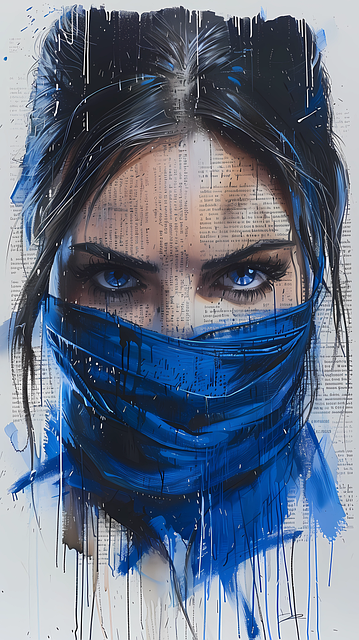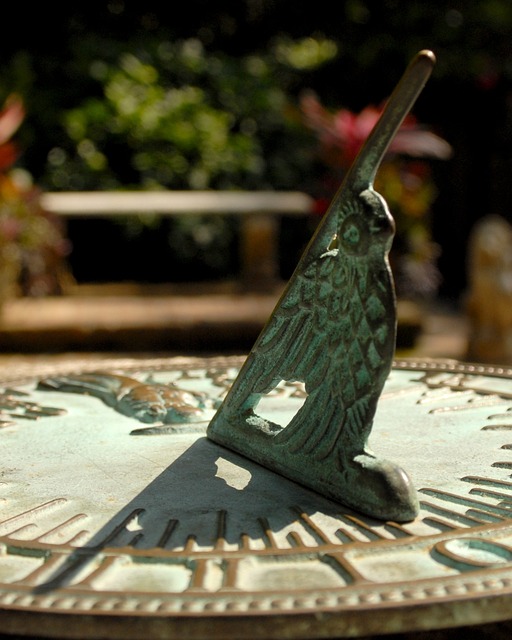Introduction:
Photography, as an art form, transcends mere representation. It captures moments, emotions, and stories, often reflecting the unique perspective of the photographer. Within this expansive realm, there exist masters whose styles have left an indelible mark on the medium. Learning from these masters goes beyond mimicry; it’s about understanding their techniques, vision, and the underlying principles that make their work timeless. In this exploration, we delve into the styles of photography masters, unraveling the secrets that can elevate our own photographic endeavors.
Understanding the Masters:
1. Ansel Adams The Master of Landscapes:
Ansel Adams’ iconic black-and-white landscapes epitomize the power of composition and tonality. His meticulous attention to detail and the use of large-format cameras enabled him to capture breathtaking vistas with unparalleled clarity. Learning from Adams involves mastering the art of composition, understanding the interplay of light and shadow, and embracing the concept of pre-visualization seeing the final image in the mind’s eye before pressing the shutter.
2. Henri Cartier Bresson The Pioneer of Street Photography:
Henri Cartier-Bresson’s “decisive moment” philosophy revolutionized street photography, emphasizing spontaneity and human interaction. His images are marked by their candidness, impeccable timing, and a keen sense of geometry. Studying Cartier-Bresson’s work teaches us the importance of patience, observation, and the ability to anticipate fleeting moments. It encourages us to immerse ourselves in the rhythm of the streets, ready to capture the essence of life as it unfolds.

3. Annie Leibovitz The Portrait Virtuoso:
Annie Leibovitz’s portraits transcend mere documentation, capturing the essence of her subjects with honesty and intimacy. Her use of lighting, composition, and storytelling transforms ordinary portraits into compelling narratives. Learning from Leibovitz involves mastering the art of connection building rapport with subjects to evoke authentic emotions. It’s about understanding the power of lighting to sculpt and enhance the narrative, and the importance of context in conveying deeper meaning.
4. Dorothea Lange The Voice of Social Justice:
Dorothea Lange’s documentary photography during the Great Depression remains a poignant testament to the power of images to evoke empathy and inspire change. Her portraits of migrant workers and the impoverished are imbued with dignity and humanity, compelling viewers to confront social injustices. Learning from Lange involves understanding the role of photography as a tool for social commentary and advocacy. It’s about using our craft to shed light on marginalized communities and amplify their voices.
5. Steve McCurry The Global Storyteller:
Steve McCurry’s evocative portraits and stunning landscapes transport viewers to distant lands, capturing the beauty and diversity of the human experience. His mastery of color, composition, and storytelling creates images that resonate on a deeply emotional level. Learning from McCurry involves embracing the spirit of adventure and curiosity, immersing ourselves in different cultures, and seeking out stories that transcend borders. It’s about capturing the universal truths that connect us all, regardless of our backgrounds.
Applying Lessons to Your Own Style:
1. Find Your Voice:
While learning from masters is essential, it’s equally important to develop your own unique style. Experiment with different techniques, subjects, and genres to discover what resonates with you. Your style is an expression of your personality, experiences, and vision embrace it wholeheartedly.
2. Study the Fundamentals:
Mastering the technical aspects of photography lays the foundation for creative expression. Learn about exposure, composition, lighting, and post-processing techniques to enhance your ability to translate your vision into compelling images.

3. Practice, Practice, Practice:
Photography is a journey of continual learning and growth. Dedicate time to honing your skills, whether through daily practice, workshops, or mentorship. Embrace failure as an opportunity to learn and improve, and never stop challenging yourself to push the boundaries of your creativity.
4. Seek Inspiration Everywhere:
Draw inspiration not only from photography but from art, literature, music, and everyday life Inspiration can be found in the most unexpected places embrace it and let it fuel your creativity.
Conclusion:
Learning from photography masters is more than just studying their techniques it’s about absorbing their passion, vision, and philosophy. By understanding the principles that guided their work, we can enrich our own photographic journey and develop a style that is uniquely ours.



